Amidst the rugged landscapes and soaring peaks of the Himalayan mountains, a bird of rare beauty and grace flourishes—the White Eared Pheasant (Crossoptilon crossoptilon). With its distinctive appearance, elusive nature, and cultural significance, this pheasant species holds a special place in both the avian world and the hearts of those who encounter it. In this article, we embark on a journey into the realm of the White Eared Pheasant, exploring its appearance, behaviors, habitat, and its significance within its high-altitude home.
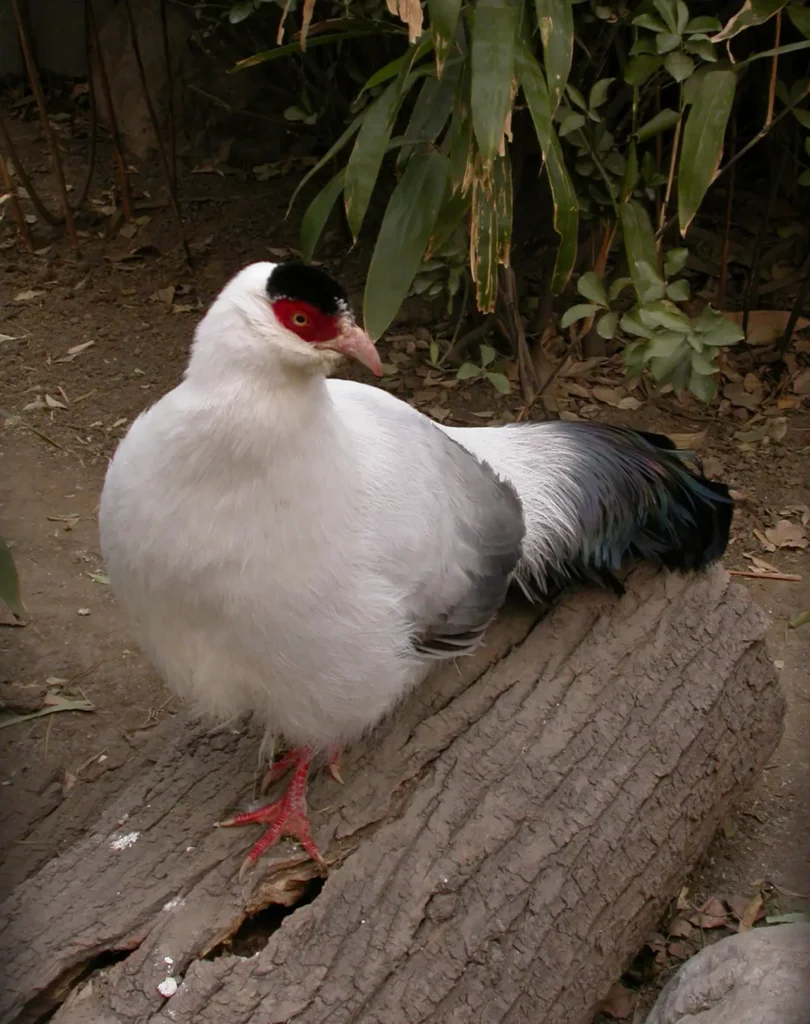
Appearance and Characteristics
The White Eared Pheasant is a true gem of the Himalayan wilderness, recognized for its stunning combination of colors and distinctive features. The bird’s name is derived from the snowy white feathers that adorn its head and the “ear-like” tufts that cascade down its neck. These tufts create an air of elegance and uniqueness that sets the pheasant apart from other species. Its body is primarily dark gray, while its long and elegant tail feathers showcase shades of iridescent green and blue.
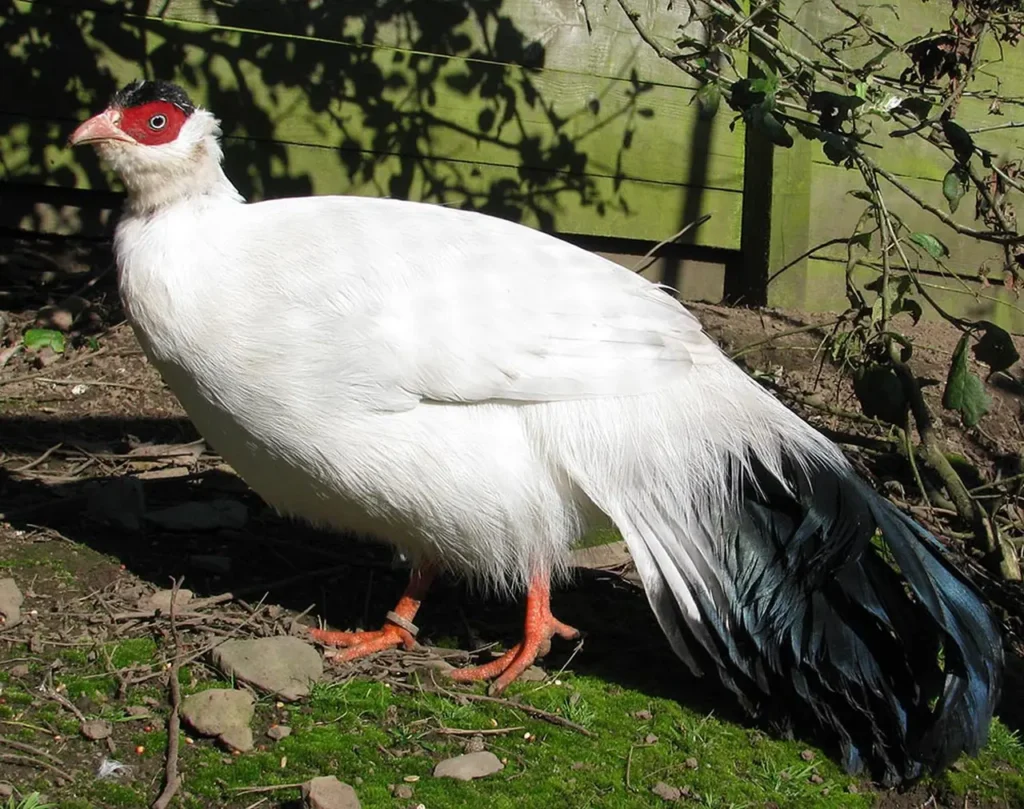
Behavior and Habitat
White Eared Pheasants are inhabitants of the high-altitude forests and alpine meadows found in the Himalayan region. They are adapted to life in challenging and often harsh environments, where snow and rugged terrain are common. These pheasants are known for their elusive behavior, often staying hidden in the undergrowth or flying away when approached. When they do take to the air, their large wings and long tails create a striking image against the mountain backdrop.
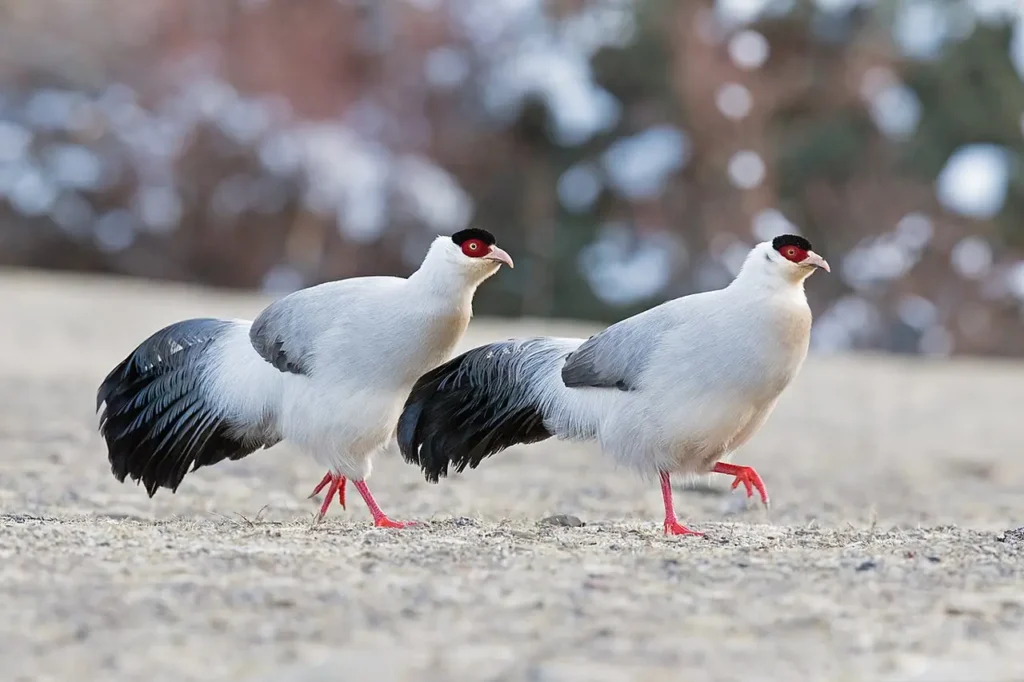
Diet and Feeding Habits
The diet of the White Eared Pheasant primarily consists of plant matter, including leaves, seeds, and various plant parts found within their mountainous habitat. They may also consume insects and small invertebrates to supplement their diet.
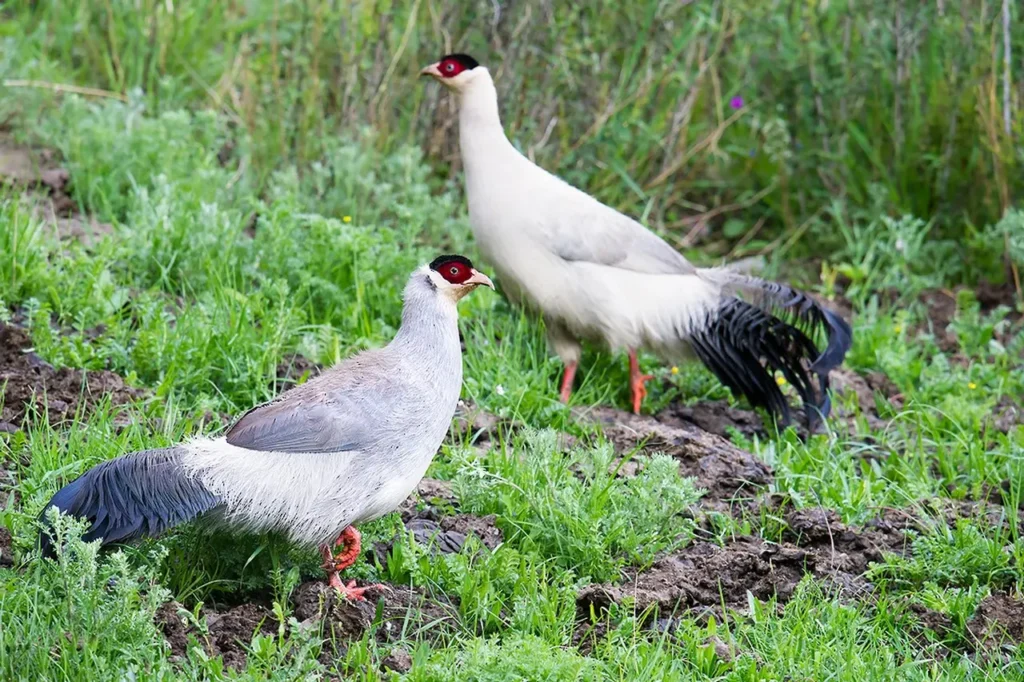
Cultural and Ecological Significance
The White Eared Pheasant has cultural importance in the regions where it is found. In some Himalayan cultures, it is considered a symbol of beauty, grace, and even spiritual significance. Its presence in the high-altitude ecosystems contributes to their ecological balance by participating in seed dispersal and controlling insect populations.
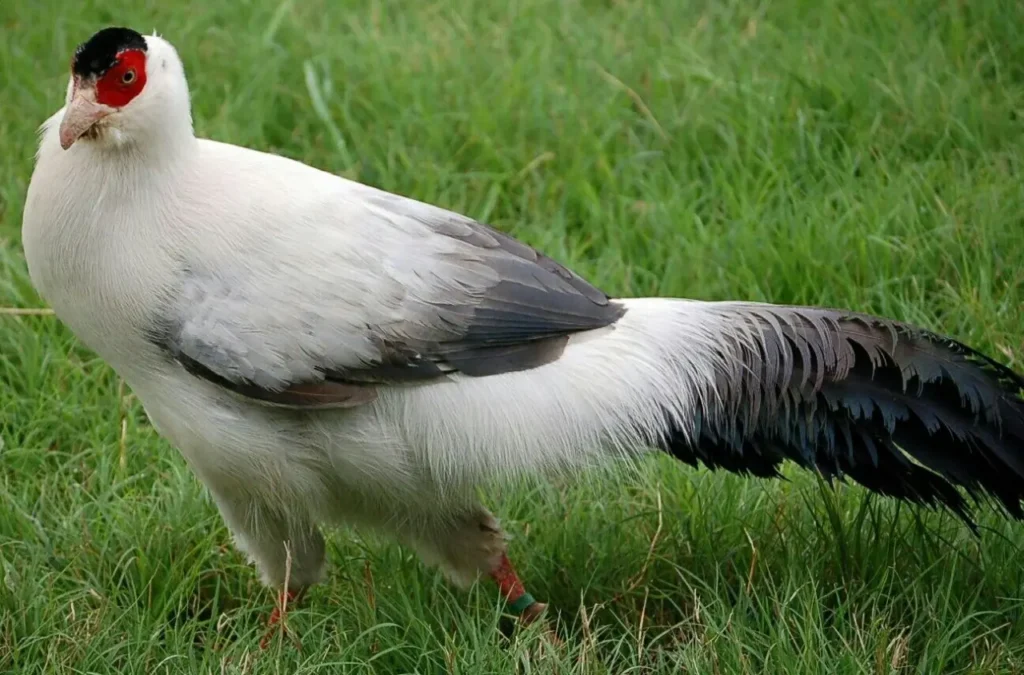
Conservation and Challenges
As with many bird species, the White Eared Pheasant faces threats from habitat loss, poaching, and human activities. The destruction of its alpine habitats due to deforestation, development, and infrastructure projects can have a significant impact on its populations. Conservation efforts that focus on protecting these pristine environments are essential for the survival of this species.
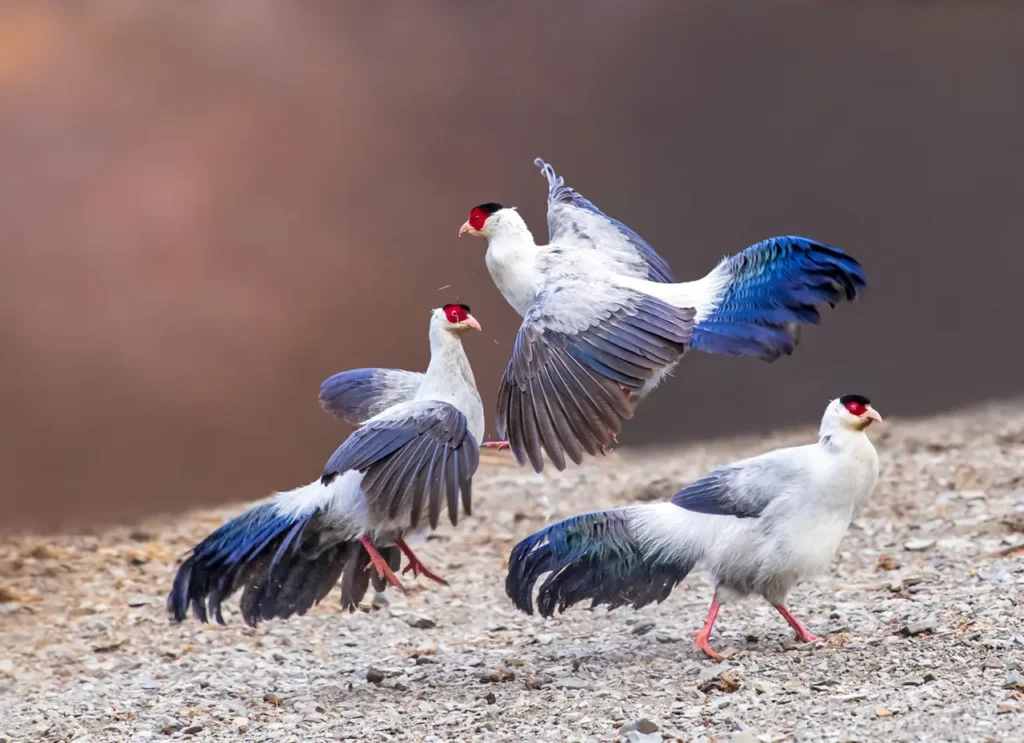
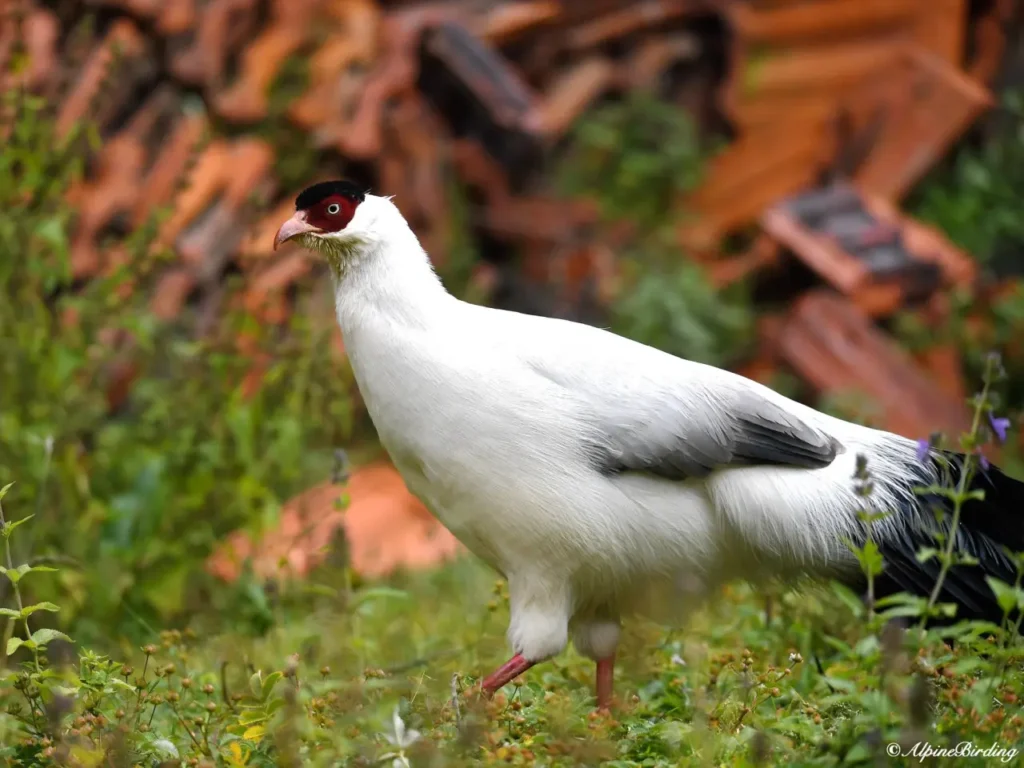
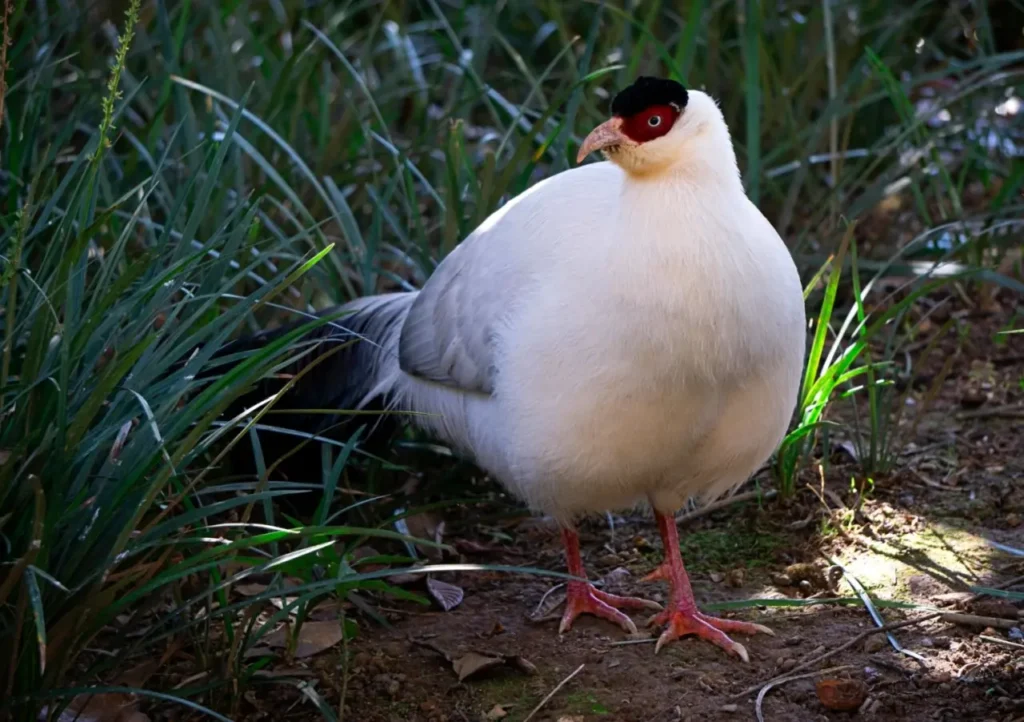
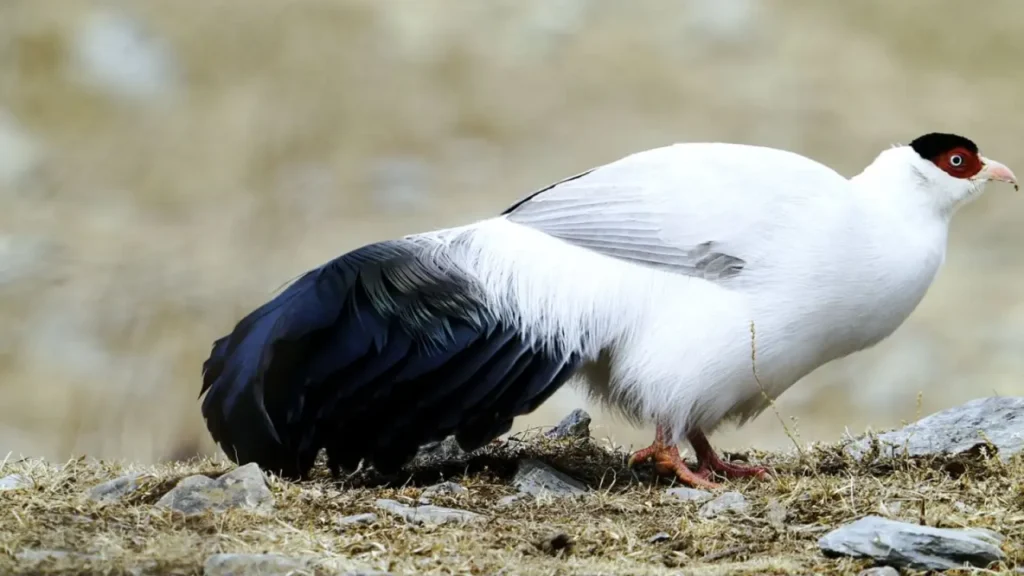
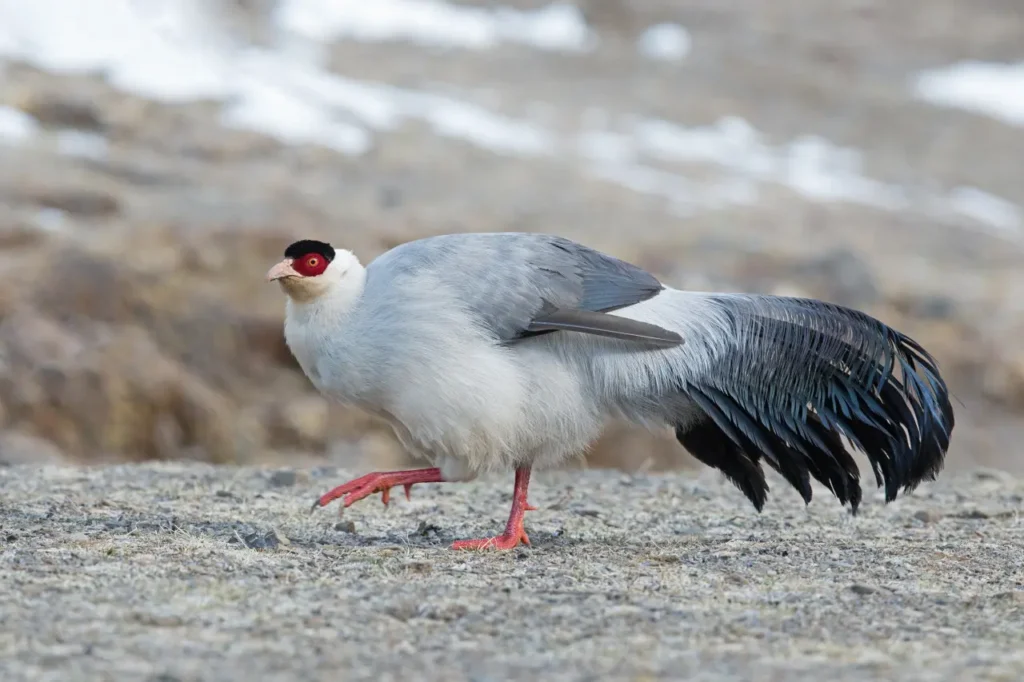
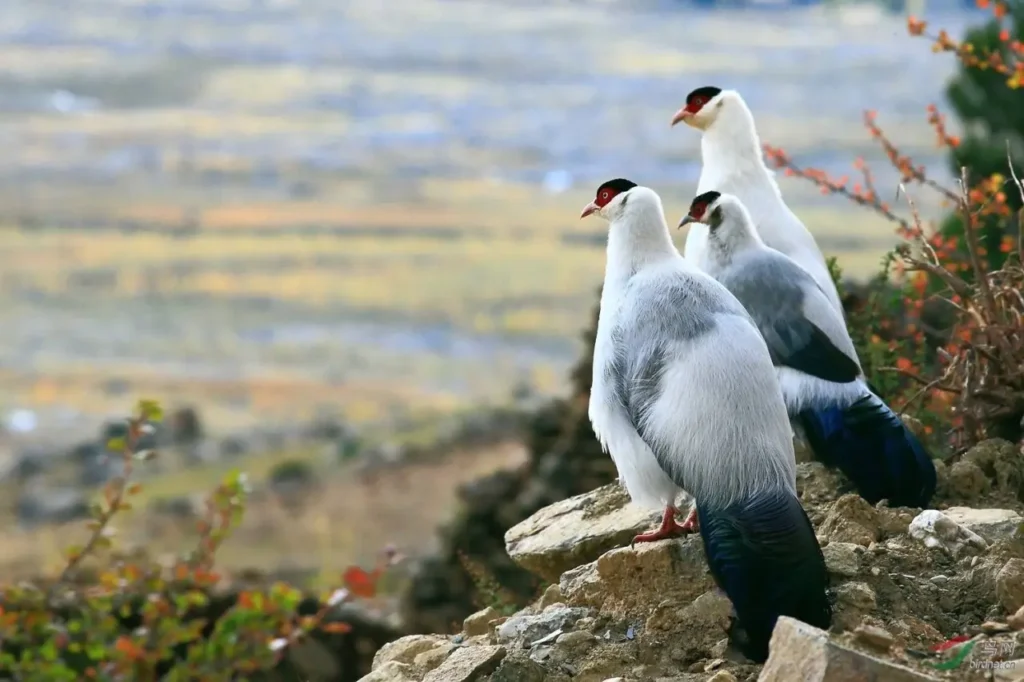
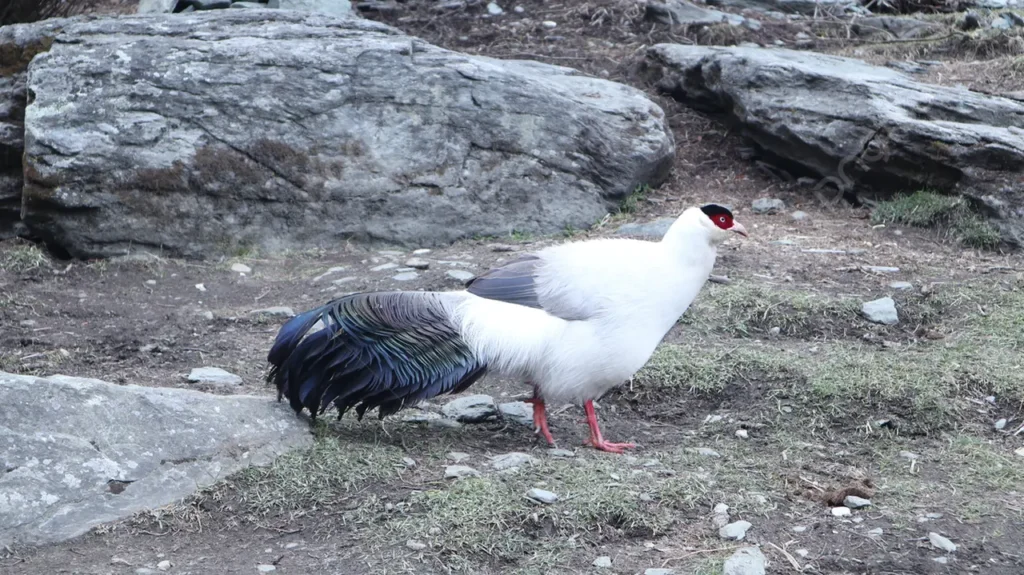
The White Eared Pheasant, with its unique appearance, elusive behavior, and cultural significance, embodies the mystique and magnificence of the Himalayan wilderness. Its presence in these high-altitude realms reflects the resilience and adaptability of life in extreme environments. By cherishing and safeguarding the habitats that house the White Eared Pheasant, we not only honor the biodiversity of these fragile ecosystems but also ensure that this symbol of elegance and rarity continues to grace the mountainous landscapes for generations to come.








